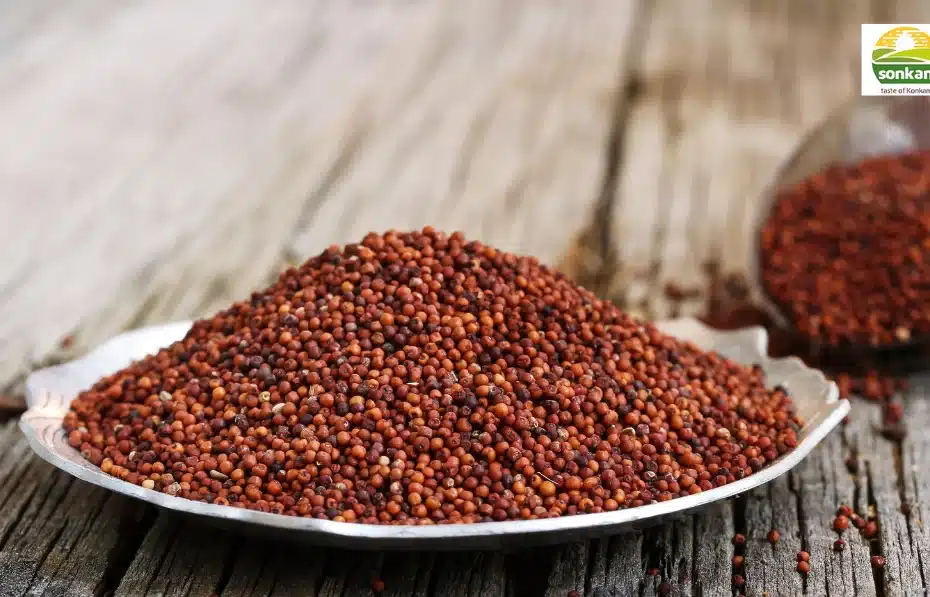Introduction
As a parent, introducing solid foods to your baby is a significant milestone. Among the myriad of options available, ragi, also known as finger millet, stands out as a wholesome and nutritious choice. Rich in essential nutrients, ragi can be a valuable addition to your baby’s diet when introduced at the right time. In this blog, we’ll explore the benefits of ragi for infants and provide insights into the optimal time to incorporate this nutrient-packed grain into your baby’s diet.
The Nutritional Powerhouse
Ragi is renowned for its exceptional nutritional profile, making it a stellar choice for your baby’s first solid food. Packed with calcium, iron, fiber, and essential amino acids, ragi promotes healthy bone development, aids in the prevention of anemia, and supports overall growth. The presence of amino acids such as methionine and lysine ensures proper muscle development and tissue repair. Additionally, ragi is a great source of dietary fiber, aiding in digestion and promoting a healthy gut.
Ideal Age to Introduce Ragi :
While every baby is unique, experts generally recommend introducing solid foods, including ragi, between the ages of 6 to 8 months. At this stage, most infants have developed the necessary motor skills to begin exploring different textures and tastes. Before incorporating ragi into your baby’s diet, it’s crucial to observe signs of readiness, such as the ability to sit with minimal support, showing interest in family meals, and displaying adequate head and neck control.
Preparing Ragi for Your Baby:
When introducing ragi to your baby, start with a small quantity to monitor their reaction. You can prepare ragi porridge by mixing ragi flour with water or breast milk, ensuring a smooth consistency suitable for your baby’s delicate palate. As your baby becomes accustomed to the taste and texture, you can gradually increase the thickness of the porridge.
Benefits of Ragi for Baby’s Health:
- Nutrient Boost: Ragi provides a concentrated source of essential nutrients, promoting overall health and development.
- Digestive Health: The high fiber content in ragi aids in maintaining a healthy digestive system, preventing constipation.
- Iron Absorption: Ragi’s iron content supports the prevention of anemia and ensures optimal oxygen transport in the body.
- Bone Development: The calcium-rich composition of ragi is crucial for strong bone and teeth development.
- Energy Release: Ragi is a complex carbohydrate, providing a sustained release of energy, keeping your baby active and satisfied.
Conclusion
In conclusion, introducing ragi to your baby at the right time can be a wise nutritional choice. The age range of 6 to 8 months is generally ideal, but always pay attention to your baby’s cues for readiness. As you embark on this exciting journey of incorporating solid foods, remember that each baby is unique, and their development may vary. Consult with your pediatrician for personalized advice and enjoy watching your little one savor the nutritious benefits of ragi as they take their first steps into the world of solid foods.


Is Ragi Satva equally good as Ragi Flour mentioned in your article ?
Or is Ragi Satva not be be fed to babies ?